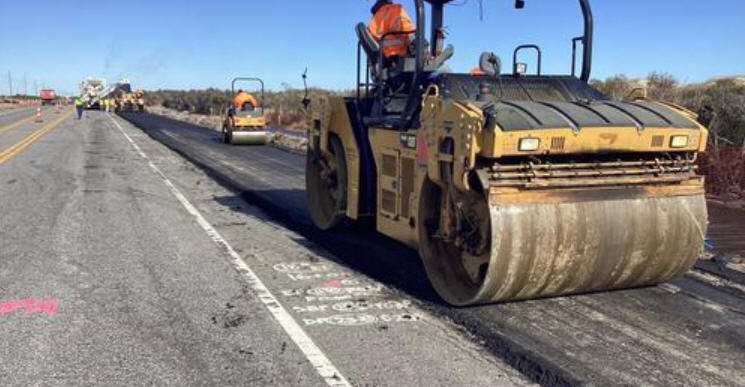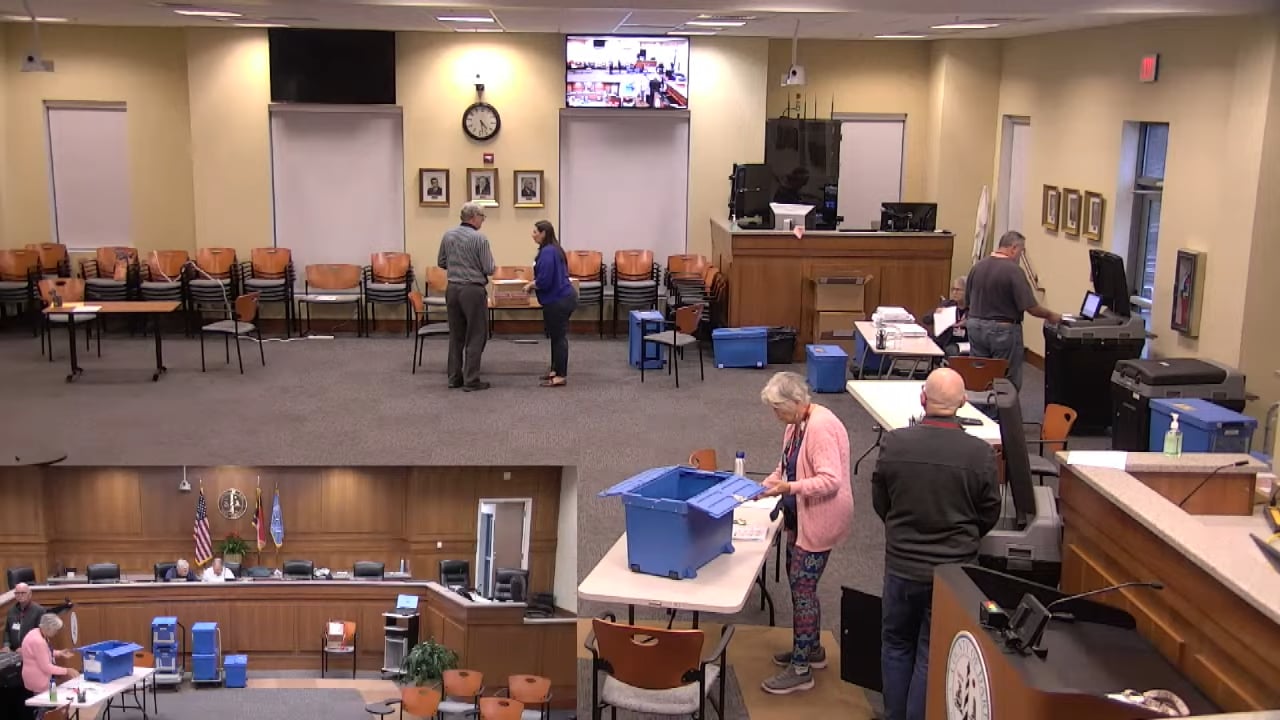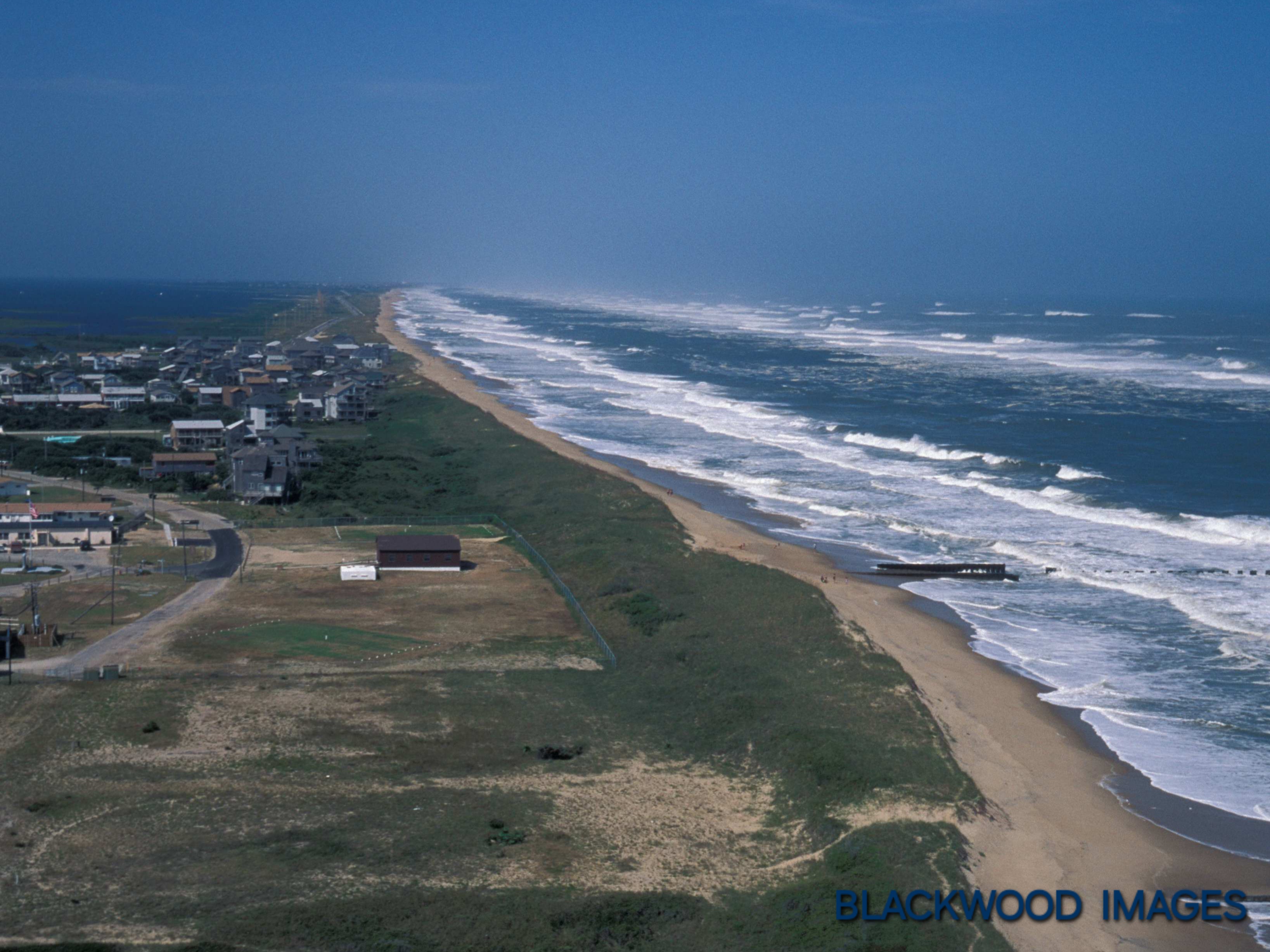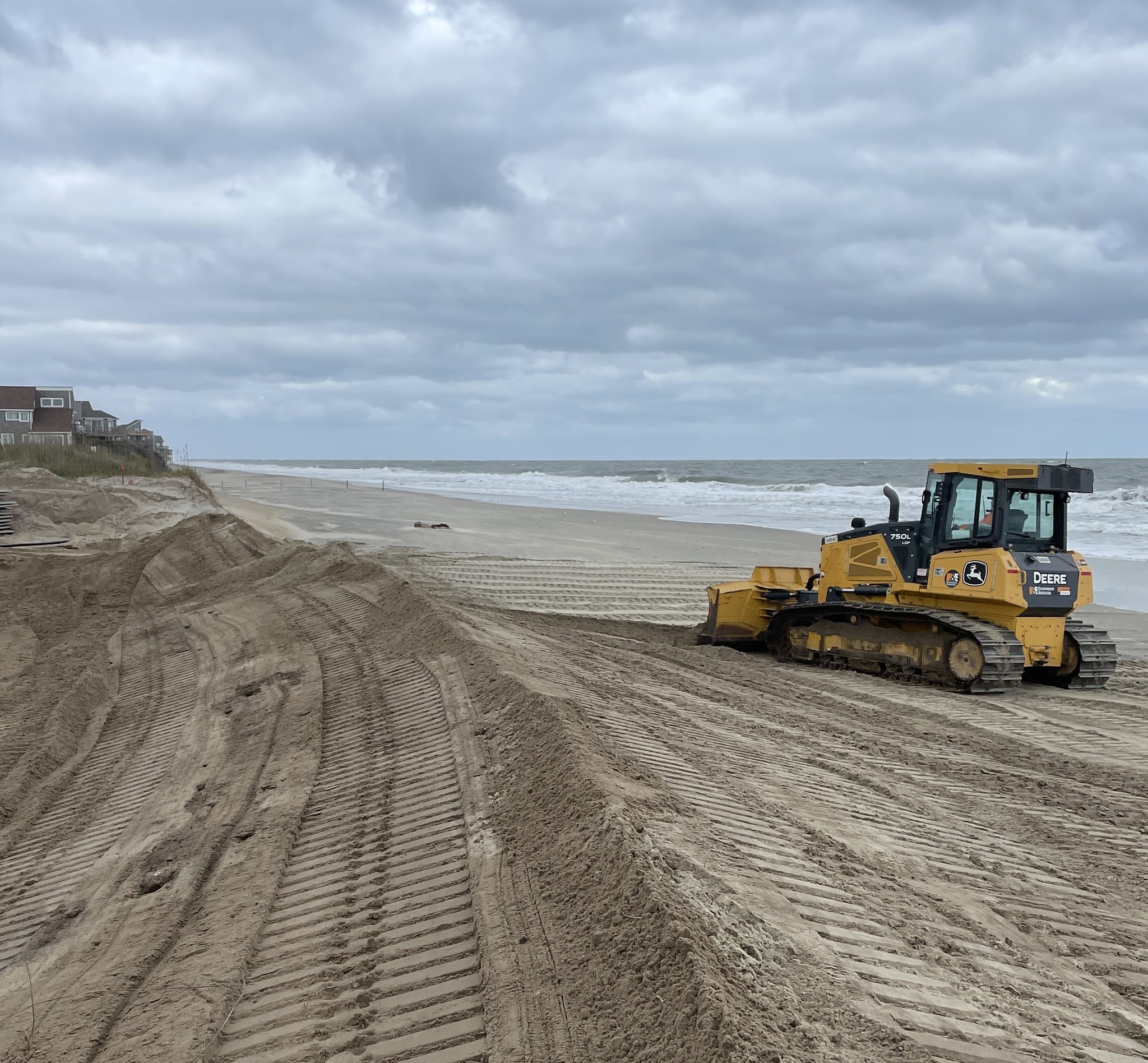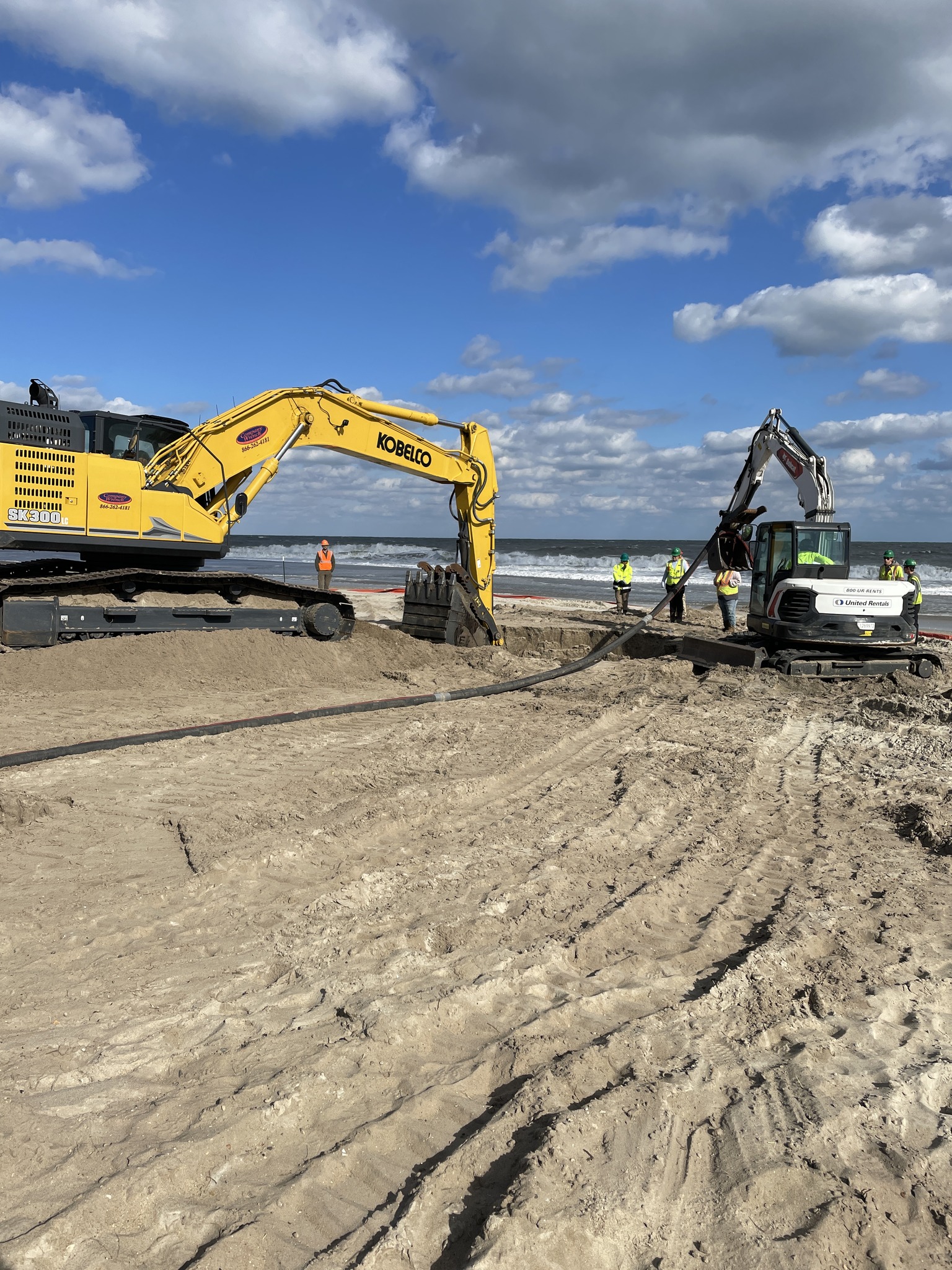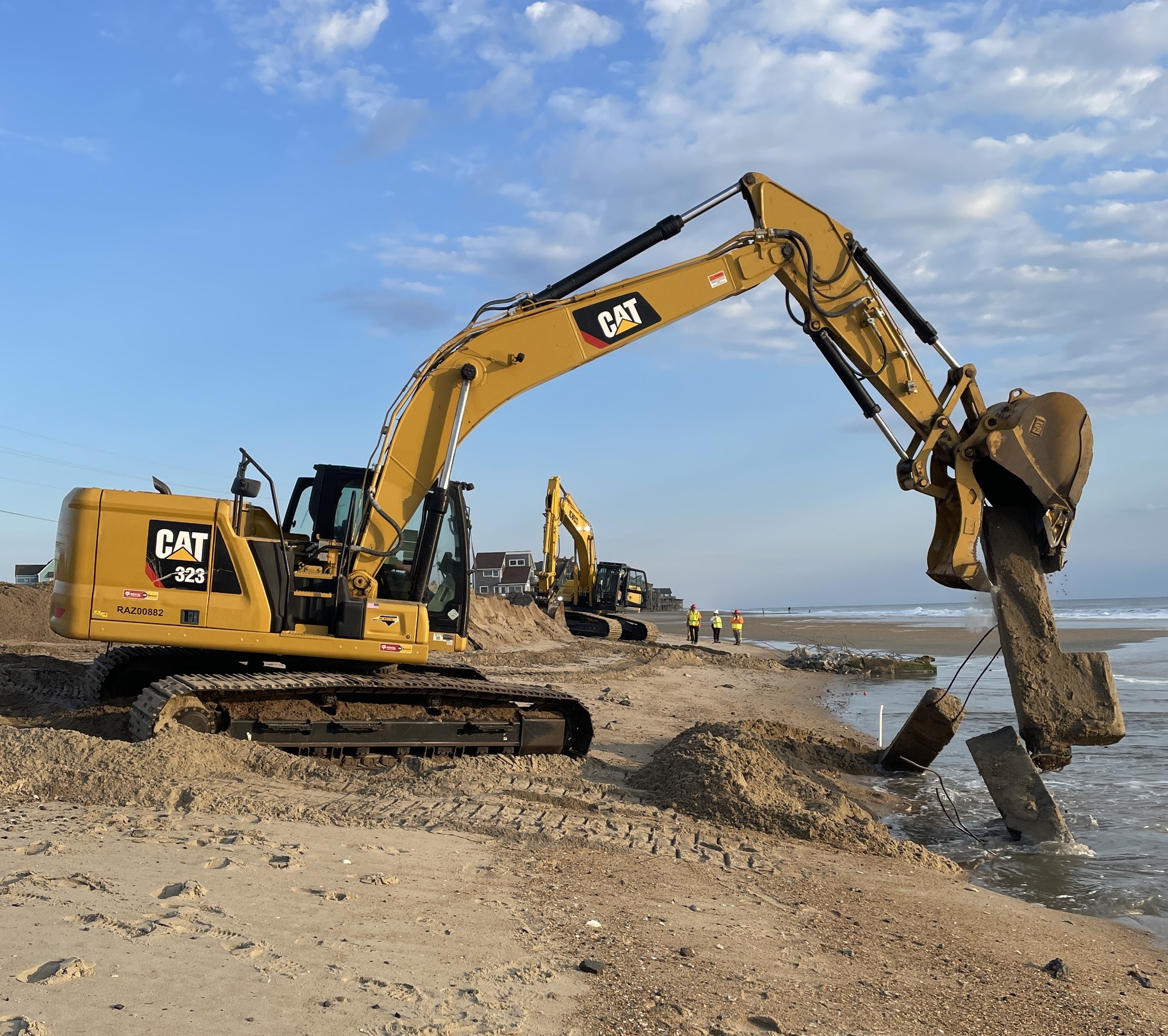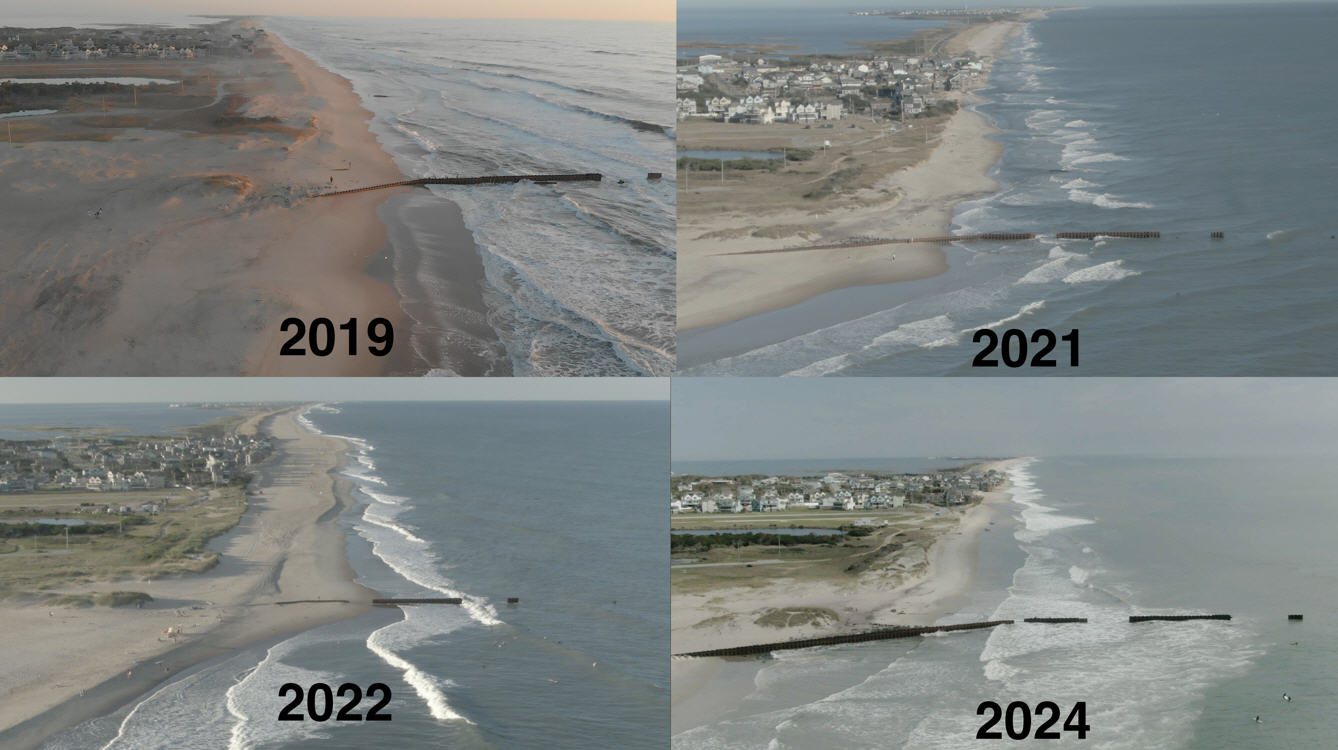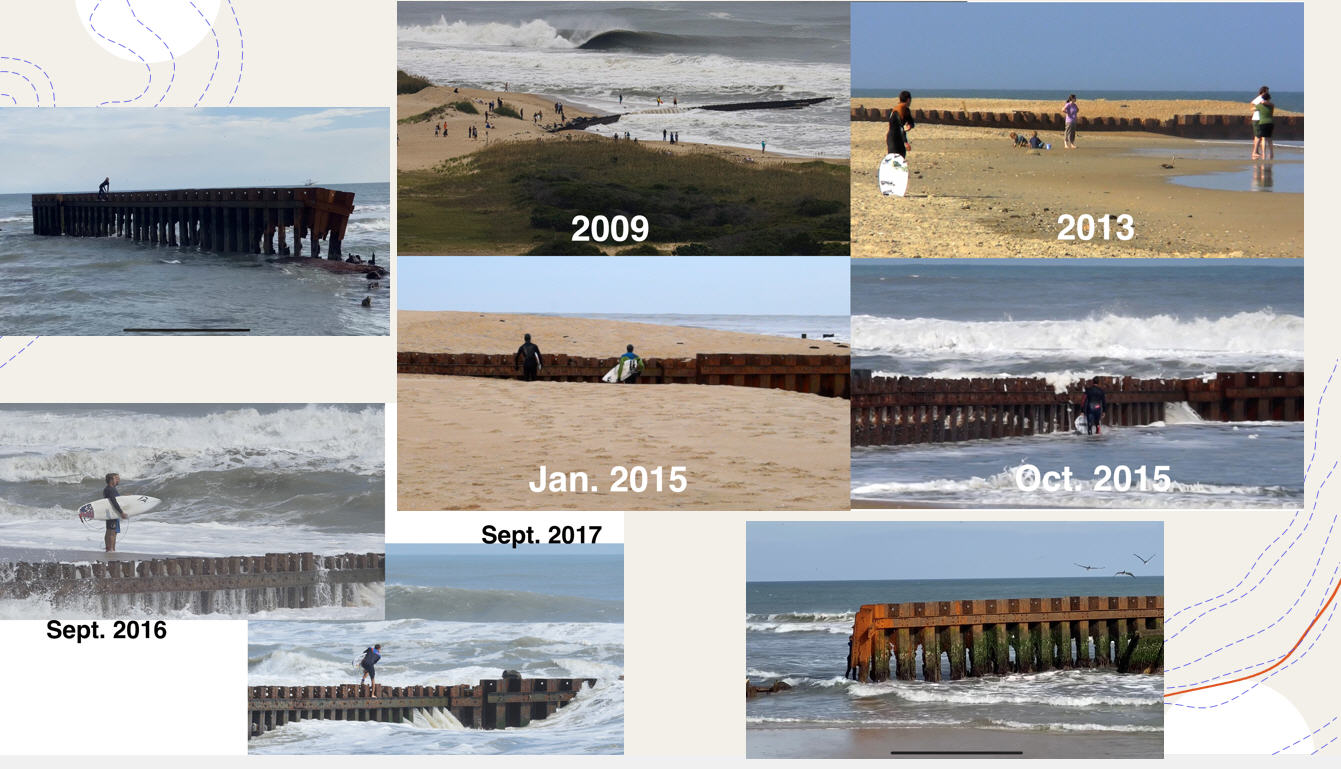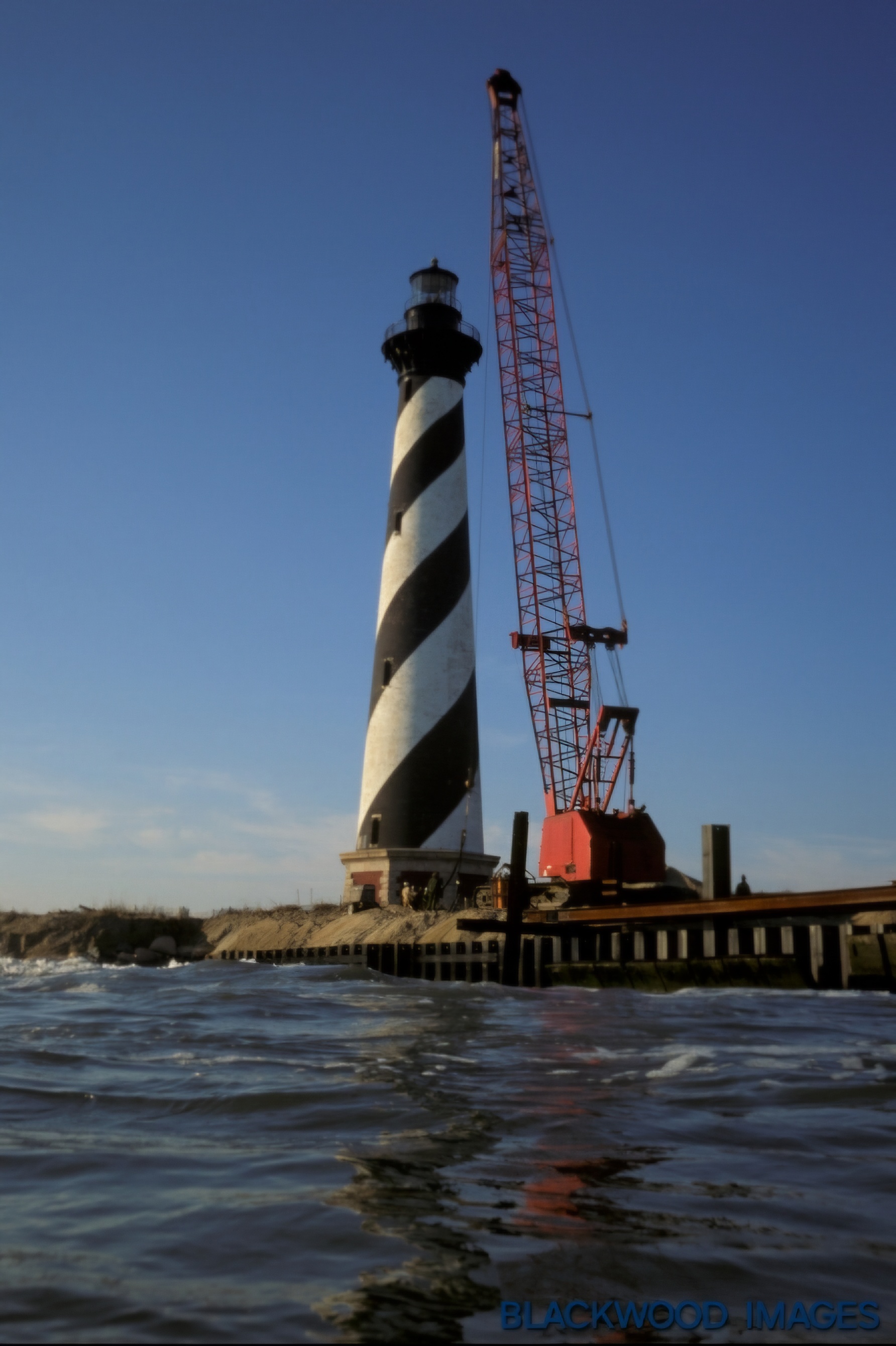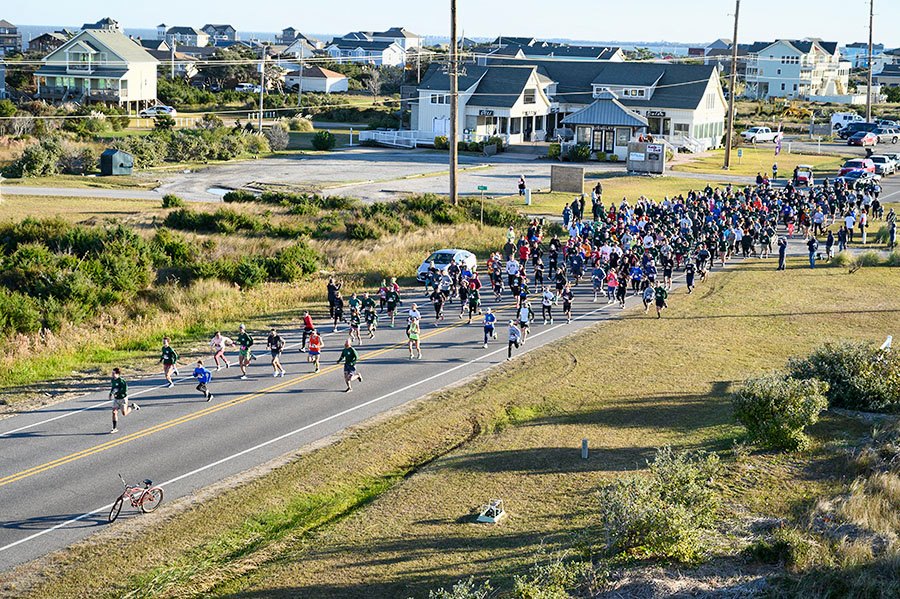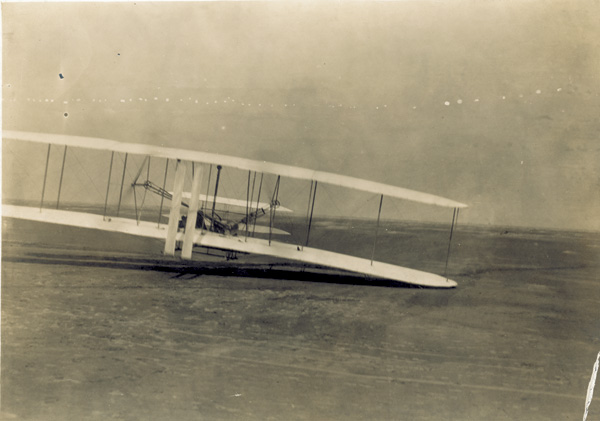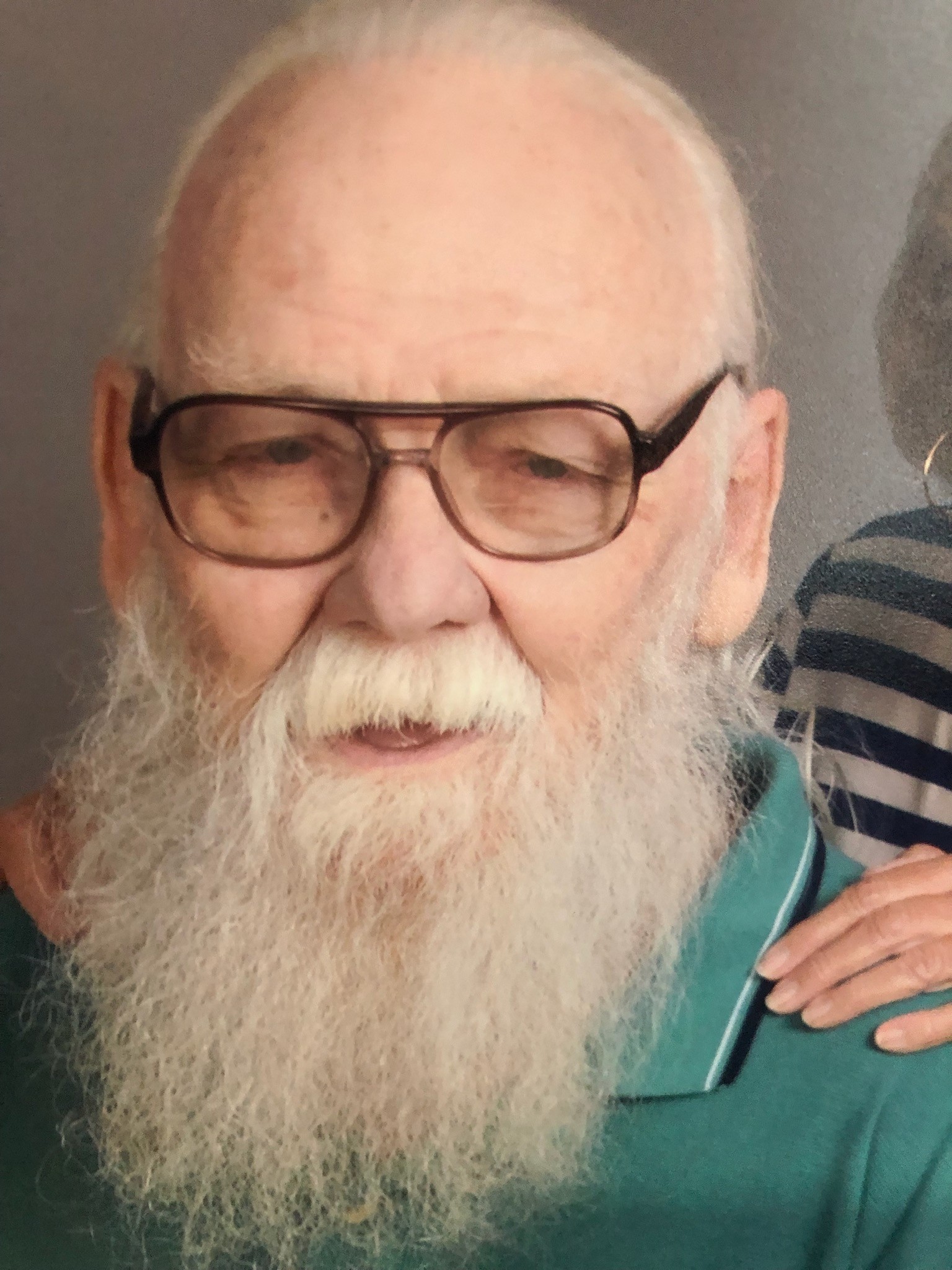Entrepreneurs out to prove that the drones arecoming — to help us
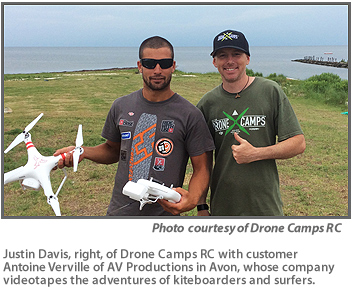
Justin Davis wants to switch the focus on drones from their nasty reputation as missile-carrying killing machines and privacy-invading spies. Davis wants people to focus on what’s good about drones. And for a remote, storm-vulnerable place like the Outer Banks, drones could become the public’s best friend.
Davis, the owner of Drone Camps RC in Rodanthe, said that drones have become very popular with people who use them to video “lifestyle adventures,” such as kiteboarding in Canadian Hole, kayaking in Pea Island, or hooking blue marlin on an offshore charter fishing trip.
But once the regulators catch up with technology, Davis said drones will quickly become invaluable workhorses.
“What my company is trying to do is to educate the public on the real-world uses,” he said. “There’s an unlimited number of things that drones can do to help out society.”
It’s easy to imagine what they could do here on the Outer Banks.
They could fly over overwashed roads and take footage of storm damage. They could assist firefighters in finding hotspots. They could use thermal cameras for nighttime search and rescue missions. They could monitor wildlife and assist in management. They could guide rescuers to sinking boats, shipwrecked passengers, or struggling swimmers, examine utility lines and poles and inspect bridges, could show off tourist attractions and the beauty of the Outer Banks close up from the air, look at rooftops of houses for insurance purposes, measure beach erosion and survey shoaling, or provide real-time traffic reports during hurricane evacuations or holiday weekends.
In recent months, Davis, a former broadcast video editor in New York City, has volunteered to help the community by taking footage from the air of a house fire as well as storm damage after Hurricane Arthur.
Regulated by default as unmanned aircraft such as model airplanes, drones are not supposed to be used for anything but recreation or hobbies. They must be flown under 400 feet and not used within five miles of an airport without permission.
The Federal Aviation Administration is already five years behind in issuing its unmanned aerial systems regulations, but it has promised to publish them by the end of the year – although it could be years before a regulation is effective.
Meanwhile, the FAA issued a statement recently declaring that any commercial use is not authorized without an exemption. So far only two have been issued, to an oil company and a utility company.
Shortly after the FAA made its announcement, the National Park Service issued its own policy temporarily banning drones in national parks until it develops its own regulation.
“It’s kind of a gray area right now,” Davis said. “It’s not against the law, but the FAA could give you a warning letter or fine you.”
He added he now uses his drones only for fun over private property within Cape Hatteras National Seashore. But he has seen no malicious users of drones or their video in the seashore.
“The worst thing somebody is going to do is put it up on YouTube and it’s going to be free publicity for the park,” said Davis, 39, who grew up on Hatteras Island.
Davis’ shop sells remote-control planes and cars, but he said more and more people are buying personal drones because, thanks to vast improvements in technology, they have gotten affordable and easy to operate.
“They’re good for just about anyone who wants to see anything from above,” he said. “I’ve had a very positive reaction from the public to my business.”
Smaller drones, which he sells to those 14 or older, range in price from $99 to $500, he said, not including a camera like a GoPro. Or a bigger drone with a built-in camera, for those age 18 and up, can be had for about $1,200. They are operated with a remote control device with two joy sticks that the user holds.
“It’s like driving a RC car, except it’s flying,” he said. “They’re very, very easy to use. I could teach someone to fly one of these in about 10 minutes.”
Gimbals on modern cameras stabilize the machine so that video is clear even in windy conditions.
Partners Antoine Verville and Andy Knutson started their video business AV Productions this summer in Avon. Verville, who is from Quebec, has done video work for seven years and recently started using drones to take footage of kiteboarders and surfers. He also took aerial video of storm damage in the tri-villages after Hurricane Arthur.
Knutson said they would not use drones over Park Service land.
These new businesses are just two examples of entrepreneurs making their way in a hazy regulatory environment. Two recent court decisions that ruled against the FAA’s authority to regulate unmanned aircraft added to a Wild West attitude about drone usage.
Thomas Zajkowski, flight operations manager at North Carolina State University’s NextGen Transportation Center, said that test flights for several types of unmanned aerial systems –aka drones – are being conducted by the center at Hyde County Airport.
Zajkowski said that programs like NextGen, which is funded largely by the Golden Leaf Foundation, is helping North Carolina advance drone development in the U.S., especially as it relates to emergency management and agriculture. Law enforcement is also interested, but they are waiting for legal issues and privacy concerns to be resolved.
“I believe we are ahead of the curve,” he said. “We have support from the governor on down. We have money from the General Assembly.”
The state wants to attract more drone-related businesses, he said, and is working to establish drone training at N.C. State. PrecisionHawk, which supplies drones equipped with high-tech sensors, GIS and radar to use in agriculture and other industries, is already interested in expanding its Raleigh facility.
Zajowski said that the newest and more advanced drones allow users to point and click on a screen rather than use joy sticks. Small recreational drones, he assured, are not stable enough to hold weapons.
New technology has WiFi on it that beams a signal back to a computer tablet in real time, allowing the camera to adjust as it’s flying. Drones are being developed that can fly overhead and follow a subject as they’re skiing, or mountain climbing or paddle boarding. The drone would be tethered to a digital leash “held” by a cell phone app or a small programmable device.
Whatever regulation the FAA comes up with, the reality is that drones are already used widely, Davis said, and there is a huge network of drone dealers throughout the country.
“There’s going to be drones on all levels,” he said. “So everybody’s going to have their version of their drone and we’re all going to get along.
“It’s already happening right now,” he said. “Everybody is just waiting for the green light.”
CLICK HERE TO VIEW SLIDE SHOW


